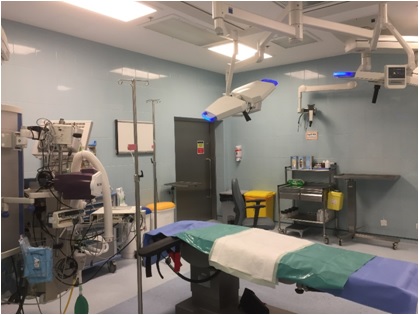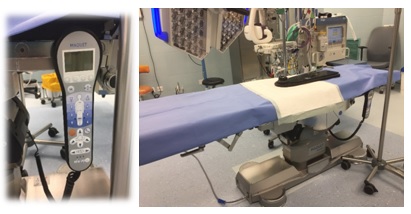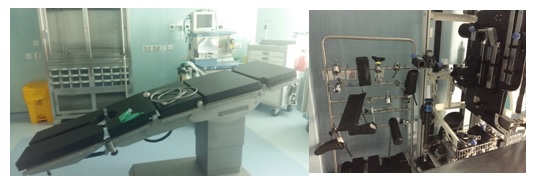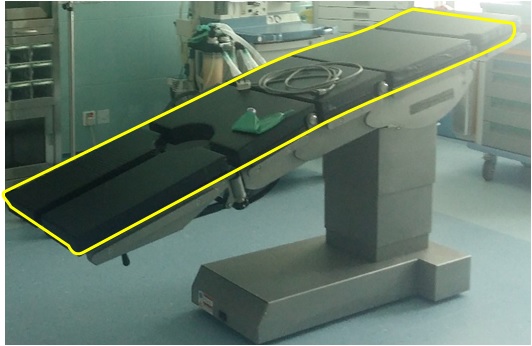Operating Table (surgical table)
.jpg)
Introduction
- Operating tables are designed to provide a surface that supports a patient’s body during surgical procedures.
- They are key components in the operating room environment and help ensure that operations are conducted in a safe and efficient way.
Types
- Conventional operating tables consist of a modular ,rectangle shaped tabletop supported by a fixed pedestal base or movable base (mobile operating tables).
- There are 2 types of operating table:
- Mechanical Tables
- Electrical Tables

Mechanical Tables
- The control system of the table is mechanical and the patients position is changed by using manual levers.
Electrical Tables
- The electromotor has the duty of adjusting the table. A number of them change patients position by remote control.

Parts of the table
- When surgical tables are in straight position, they are of three main parts of:
- Top: it could be bent, lowered or taken.
- Body: it’s strongest part that bears the heavy weight parts of patients body including his/her chest, abdomen and pelvic. This part could be bent up or down.
- Foot: it could be bent or adjusted to move down. It can also be remove.
- There are pads on each one of the three parts that could be removed.
- There are grooves next to surgical tables for connecting the relevant attachments such as hand rest and foot rest.

Pads
- Pressure reduction is among the primary issues and patients could not be moved or displaced, nor is it possible to lower the duration of keeping the patients on surgical table.
- Various materials are used in producing surgical table pads for reducing this pressure; namely:
- Standard foam
- Foam cover
- Gel products
- Air protection surfaces

Pads (features)
- The pads in surgical operations should have specific features. These pads must be:
- Strong but flexible fabrics (can be easily washed and show resistance against various detergents)
- Resistant against microorganisms growth (fungi and bacteria growth)
- Radiation capability with X ray
- Resistant against heating and cooling equipment
- Water proof (to save the pad from penetration of liquids)
- Covered by non-allergic coats
- Be antistatic, comfortable and durable
.jpg)